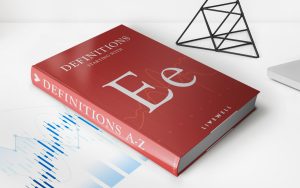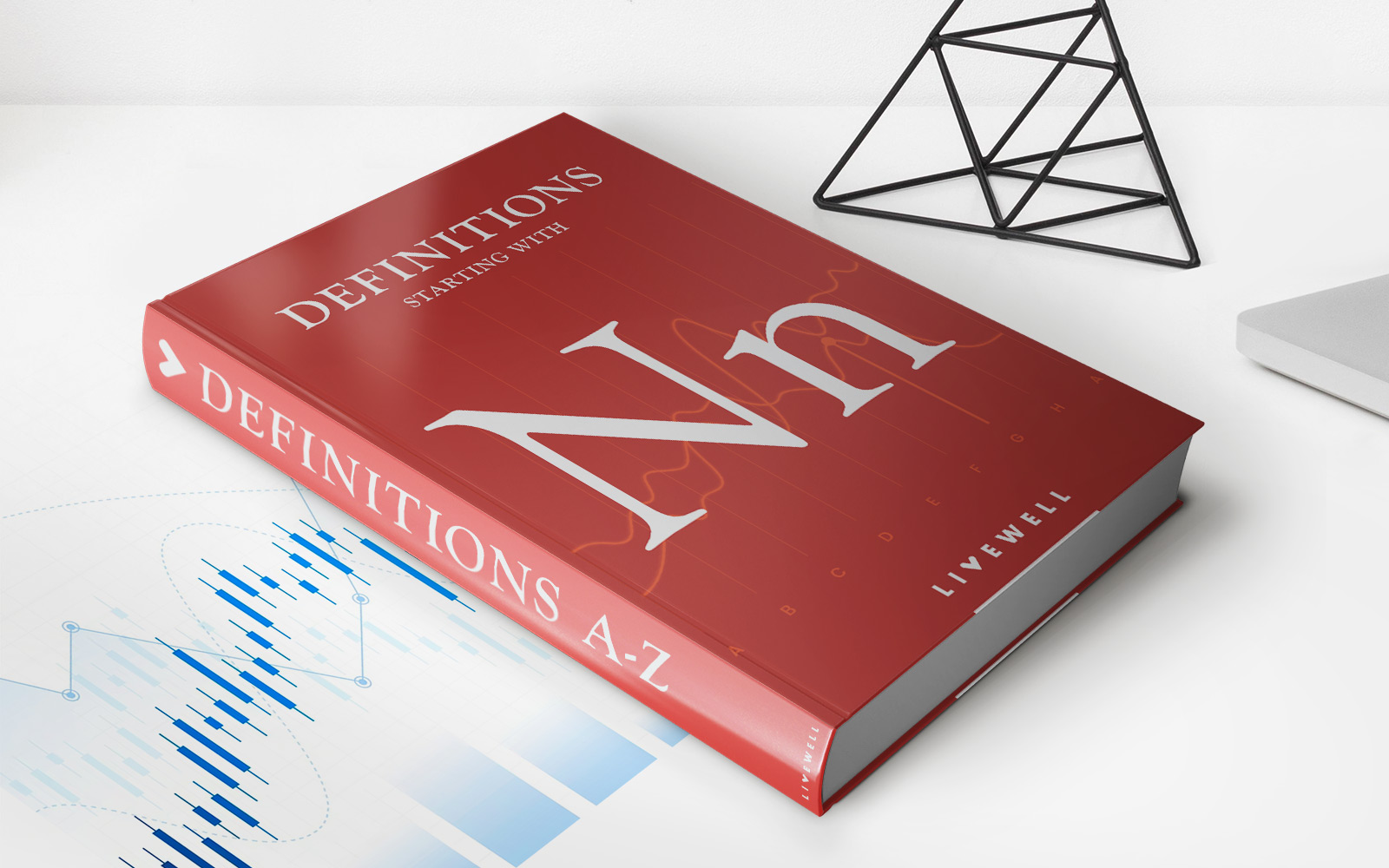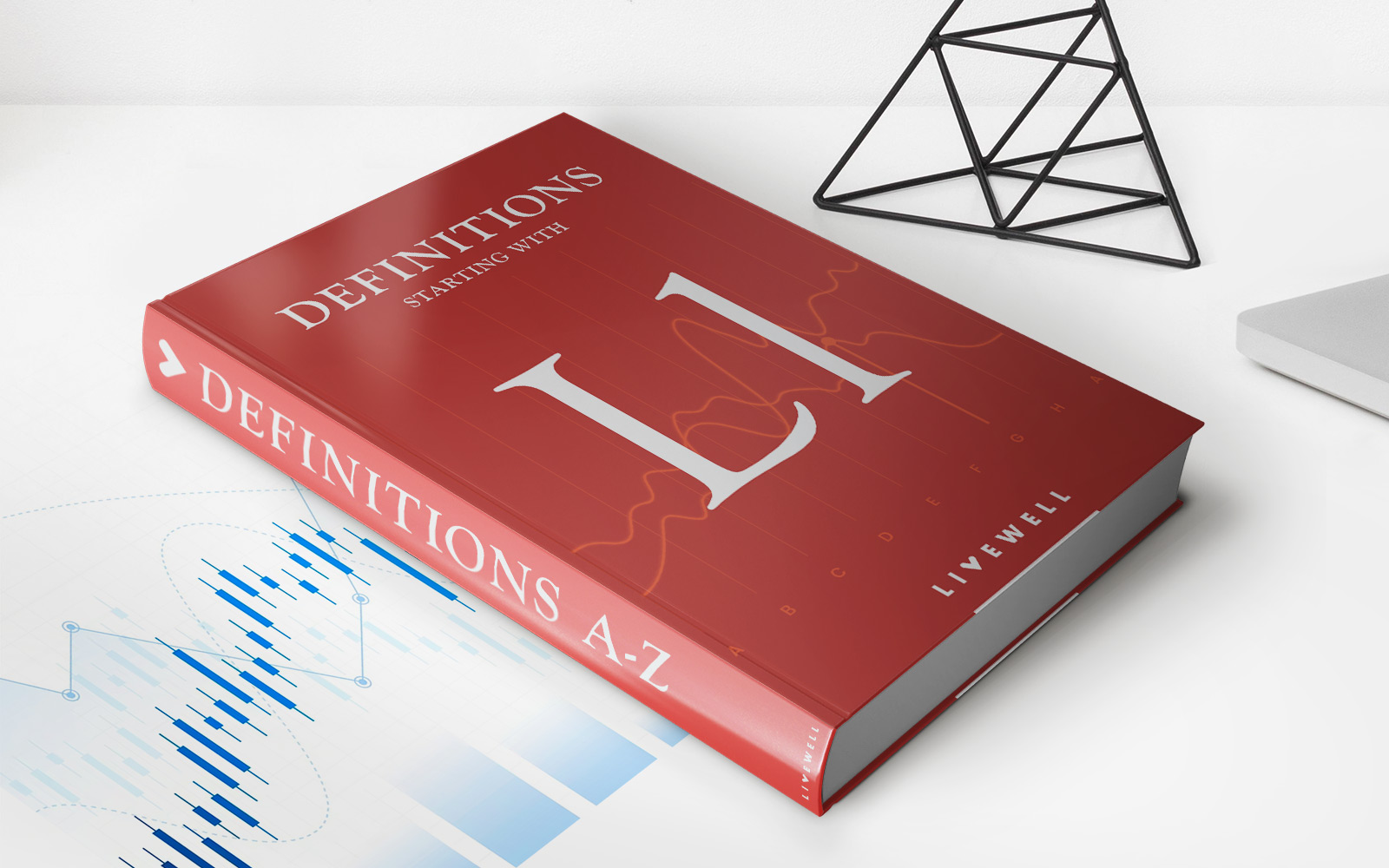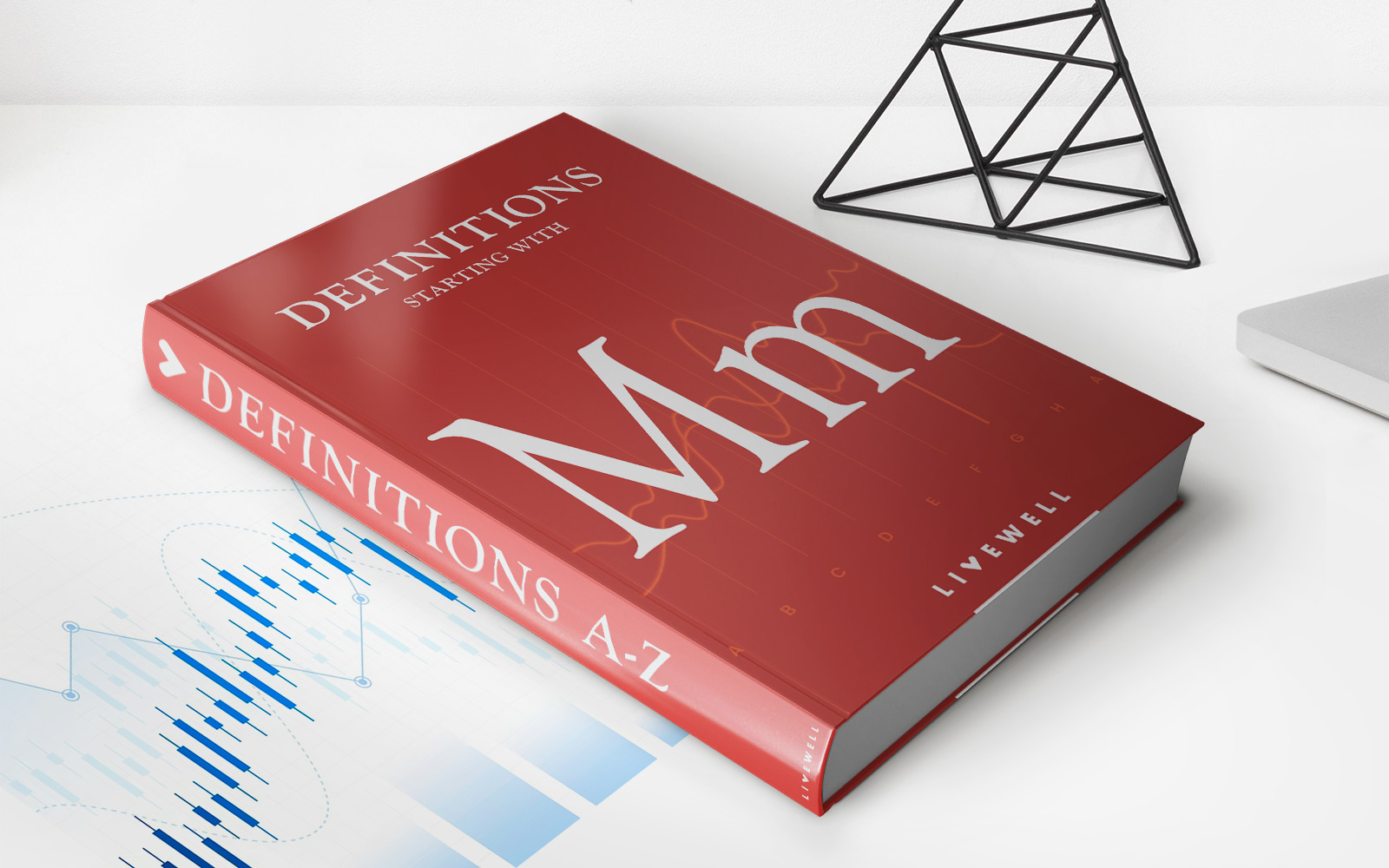Home>Finance>Eclectic Paradigm: Definition, Example, Advantages


Finance
Eclectic Paradigm: Definition, Example, Advantages
Published: November 16, 2023
Learn the definition of Eclectic Paradigm in finance, along with examples and advantages. Explore how this theory can benefit your financial decision-making.
(Many of the links in this article redirect to a specific reviewed product. Your purchase of these products through affiliate links helps to generate commission for LiveWell, at no extra cost. Learn more)
Evaluating Eclectic Paradigm: Definition, Example, and Advantages
When it comes to understanding international finance and economic theories, the eclectic paradigm stands out as an exceptional framework. But what exactly does it mean, and how can it benefit businesses? In this blog post, we will delve into the definition of the eclectic paradigm, provide an example of its application, and explore its advantages for companies operating in global markets.
Key Takeaways:
- The Eclectic Paradigm is an economic theory that explains how multinational companies decide to operate abroad.
- It combines three factors: ownership advantages, location advantages, and internalization advantages.
Defining the Eclectic Paradigm
The eclectic paradigm, also known as the OLI framework, was developed by economist John Dunning in the late 1970s. It aims to explain why and how multinational companies choose to expand their operations outside their home country. The name “eclectic” refers to the theory’s ability to blend various factors to form a comprehensive understanding of international business activities.
According to the eclectic paradigm, when a company considers foreign direct investment (FDI), it should consider three key factors:
- Ownership Advantages: These are the unique competitive advantages possessed by a company, such as advanced technology, brand reputation, or specialized know-how. These advantages differentiate the company’s products or services from competitors and make it attractive for them to operate internationally.
- Location Advantages: The presence of certain advantages in a specific location encourages companies to set up businesses there. These advantages can include factors such as favorable market conditions, natural resources, skilled labor, or access to key distribution networks.
- Internalization Advantages: Internalization refers to the decision to conduct business activities internally rather than relying on external parties. Companies may internalize their operations to control and protect their unique resources and capabilities, gaining a competitive advantage over competitors.
By assessing these three factors, companies can evaluate the potential benefits and risks of expanding internationally, determining whether the advantages outweigh the costs and barriers associated with FDI.
Application Example
To understand the eclectic paradigm in action, let’s consider an example. XYZ Corporation is a technology company with advanced patents and cutting-edge research capabilities. With a goal to expand its market reach, XYZ Corporation assesses potential markets for investment.
After careful evaluation, the company identifies Country A as a location with strong consumer demand for its products and a burgeoning technology hub. Additionally, through FDI, XYZ Corporation can retain control over its patents and proprietary technology, protecting its ownership advantages from being exploited by competitors.
In this example, XYZ Corporation’s decision to invest in Country A is driven by the alignment of ownership advantages, location advantages, and internalization advantage, as outlined by the eclectic paradigm. By considering these factors, the company can strategically enter new markets, enhance its global presence, and leverage its competitive strengths.
Advantages of the Eclectic Paradigm
The eclectic paradigm offers several advantages for companies operating in global markets:
- Comprehensive Approach: The eclectic paradigm provides a comprehensive framework for understanding the various factors that drive international business decisions. By considering ownership, location, and internalization advantages, companies can make informed choices regarding their international expansion strategies.
- Competitive Advantage: The eclectic paradigm helps companies identify and leverage their unique competitive advantages. By aligning these advantages with suitable locations and internalizing operations, companies can gain a competitive edge in global markets.
- Risk Management: By thoroughly evaluating ownership, location, and internalization advantages, the eclectic paradigm allows companies to assess and mitigate potential risks associated with international expansion. This proactive approach enables companies to make more informed decisions and minimize unexpected challenges.
As companies continue to navigate the complexities of the global business landscape, the eclectic paradigm provides a valuable analytical tool for evaluating international investment opportunities. By considering ownership, location, and internalization advantages, businesses can strategically expand their operations, enhance their competitive position, and prosper in an interconnected world.














